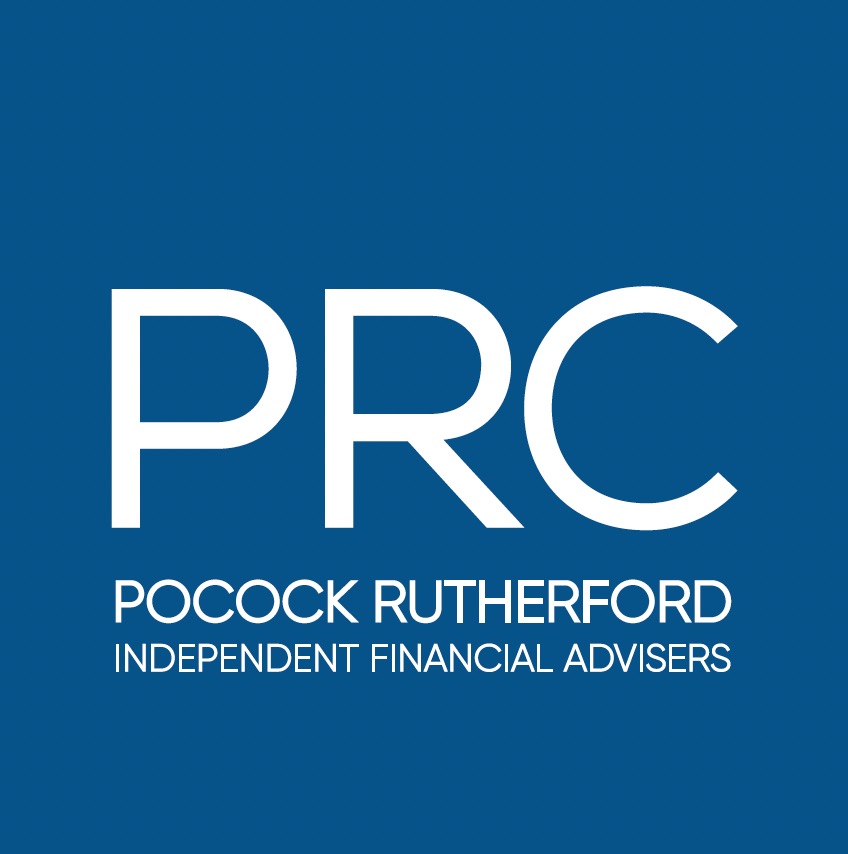
31 Jan For the life you want
Building up your nest egg is more discipline than difficult
For today’s retirees, retirement has changed almost beyond recognition since their parents’ day. Building a retirement fund requires saving enough money to pay your bills and continue living comfortably when you are no longer drawing an income.
The thought of it may be daunting; it can feel like an impossible mission. But with early planning, building up your nest egg is more discipline than difficult. The process of building a retirement fund typically involves a combination of consistent saving and long-term investments. But first, you have to figure out how much you need in order to set a goal.
Funds to live life to the full in retirement
Retirement is an exciting period in life. You might be looking forward to taking a trip to somewhere you’ve always wanted to go, dedicating more time to a favourite hobby or spending more time with family and friends. However, many people feel concerned about not having the funds to live life to the full in retirement.
Making sure you have enough money to enjoy your retirement is a matter of sensible planning and being proactive. Ask yourself, what decisions can I make today to start preparing for retirement? Investing even small amounts of money on a regular basis in preparation for retirement could leave you with a larger nest egg.
Head start on a retirement nest egg
Investing for growth is suited to those who want to get a head start on a retirement nest egg but won’t be retiring until further into the future. If your goal is to invest for growth, this means that you are more focused on growing your initial investment over a medium-to-long period of time (five years plus) and do not intend to use the investment to boost your current monthly income. For those investing for growth, investing as far in advance as possible from when they plan to start withdrawing the investment should give their funds the best chance of maximum growth.
Investing for income
This investment goal is designed to generate a bit of extra money now and in the future by providing a boost to your monthly income. This goal could be suitable for those closer to retirement who are looking for their investment to help with paying regular bills and outgoings in retirement. When investing for income, selecting investment trusts focused on asset classes including equities and commercial property can provide a reliable and attractive income boost.
A time when you have stopped working
Setting up a retirement goal requires you to find out how much income you’ll need when you have stopped working. As part of the planning process, you’ll need to consider answers to questions such as: ‘At what age do you plan to retire?’, ‘How many years should you plan to be in retirement?’ and ‘What is your desired monthly income during retirement?’
Your retirement fund needs certainty – you can’t risk losing your savings because you need it as a stable income. So how can one balance the need for growth with certainty of returns when building a retirement fund?
The key lies in considering a number of different factors:
Risk appetite
Are you a ‘conservative’ investor who cannot afford to lose the initial capital you put up? Can you sacrifice the certainty of having your investment protected in order to gain higher potential earnings?
If you do not already have a large sum of retirement savings, you probably shouldn’t take too much risk when you invest since you may not have the luxury of time to recoup the losses should your investment turn awry.
Timescales
Generally, a bigger portion of your retirement portfolio can be apportioned to higher-risk investments if you start in your twenties. As you progress nearer towards the retirement years, your portfolio should increasingly focus on investments that are a lower risk and provide more stable returns.
You can consider allocating your investments into products suitable for different investment horizons (short, medium and longer term) depending on your risk appetite. For example, a short-term investment can include some risker assets such as single equities or investing in a fast-growing speciality fund. You should always be reminded that with higher expected returns come higher risks.
Inflation
If you choose to save your way to retirement by putting cash in a savings account, the value of your money may be eroded due to inflation. In order to ensure that the money you have now preserves its purchasing power during your retirement years, you need to choose savings or investments that give you higher returns above inflation.
Diversification
The key to growing your retirement fund includes having different asset classes in your portfolio, which is otherwise known as ‘diversification’. Diversification not only helps you manage the risk of your investments, but it also involves re-balancing your portfolio to maintain the risk levels over time.
A PENSION IS A LONG-TERM INVESTMENT.
THE FUND VALUE MAY FLUCTUATE AND CAN GO DOWN, WHICH WOULD HAVE AN IMPACT ON THE LEVEL OF PENSION
BENEFITS AVAILABLE.
PENSIONS ARE NOT NORMALLY ACCESSIBLE UNTIL AGE 55. YOUR PENSION INCOME COULD ALSO BE AFFECTED BY INTEREST RATES AT THE TIME YOU TAKE YOUR BENEFITS. THE TAX IMPLICATIONS OF PENSION WITHDRAWALS WILL BE BASED ON YOUR INDIVIDUAL CIRCUMSTANCES, TAX LEGISLATION AND REGULATION, WHICH ARE SUBJECT TO CHANGE IN THE FUTURE.
THE VALUE OF INVESTMENTS AND INCOME FROM THEM MAY GO DOWN. YOU MAY NOT GET BACK THE ORIGINAL AMOUNT INVESTED.
PAST PERFORMANCE IS NOT A RELIABLE INDICATOR OF FUTURE PERFORMANCE.


